Sea turtles are remarkable creatures that have captured the curiosity and admiration of people around the world. These ancient mariners have been swimming in our oceans for more than 100 million years, predating even the dinosaurs! With seven species scattered across the globe, each with its own unique traits, sea turtles contribute to ocean ecosystems and spark awe wherever they go. Here are 10 amazing facts about sea turtles that highlight just how unique and important they are.
1. Sea Turtles Have Been Around Since the Age of Dinosaurs
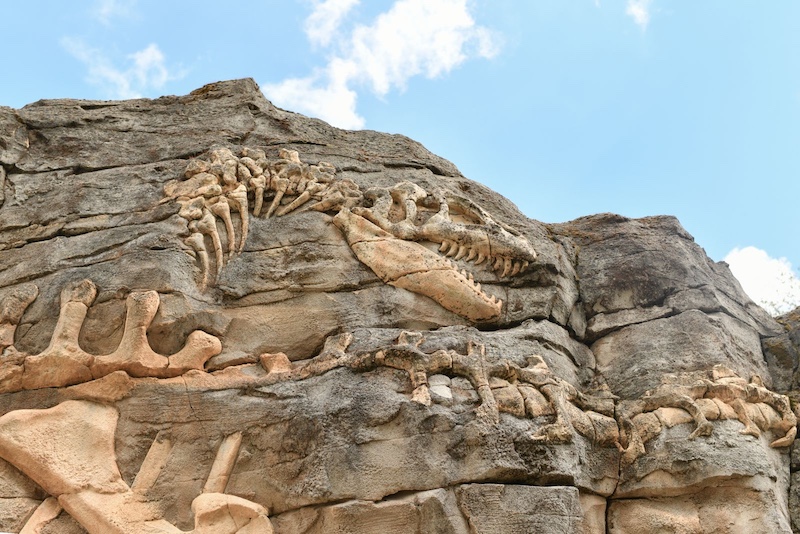
Sea turtles are among the oldest creatures on Earth. Their existence dates back over 100 million years, meaning they were around when dinosaurs roamed. This resilience through multiple mass extinctions is a testament to their remarkable adaptability.
2. They Can Migrate Thousands of Miles
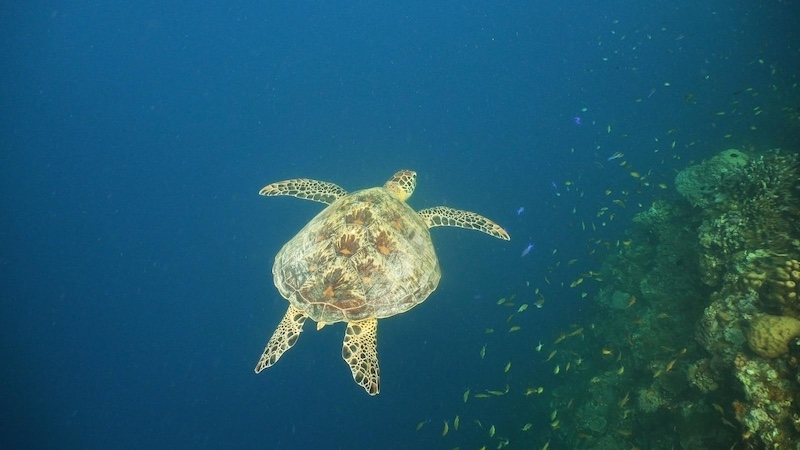
Many sea turtle species undertake incredible migrations across oceans. The leatherback turtle, for instance, holds the record for the longest migrations among sea turtles, sometimes traveling more than 10,000 miles in a single journey. These long-distance travels are essential for reaching their nesting grounds or abundant feeding areas.
3. There Are Seven Species of Sea Turtles
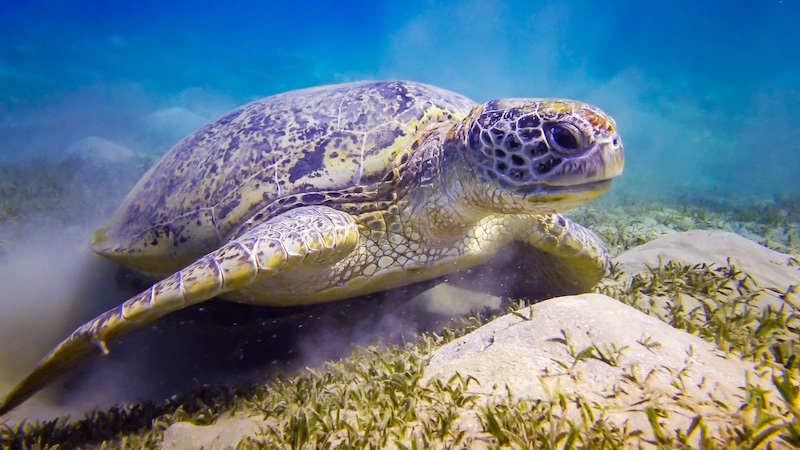
Seven distinct species of sea turtles exist: the green, loggerhead, Kemp’s ridley, olive ridley, hawksbill, flatback, and leatherback turtles. Each species has its own habitat preferences, physical characteristics, and feeding behaviors, adding to the biodiversity of marine life.
4. They Play a Vital Role in Marine Ecosystems
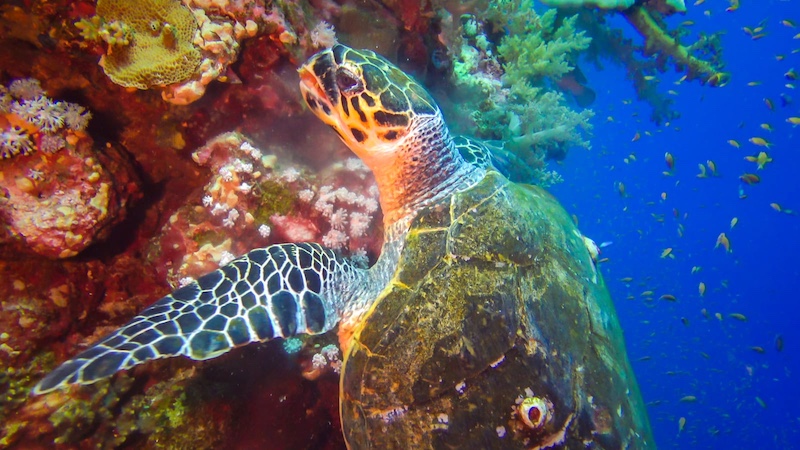
Sea turtles are crucial to the health of marine ecosystems. For example, green turtles help maintain healthy seagrass beds, which serve as nurseries for a variety of marine life. Hawksbill turtles feed on sponges, preventing them from overtaking coral reefs. By keeping these environments balanced, sea turtles indirectly support a wide range of marine species.
5. Leatherback Turtles Are the Largest Sea Turtles
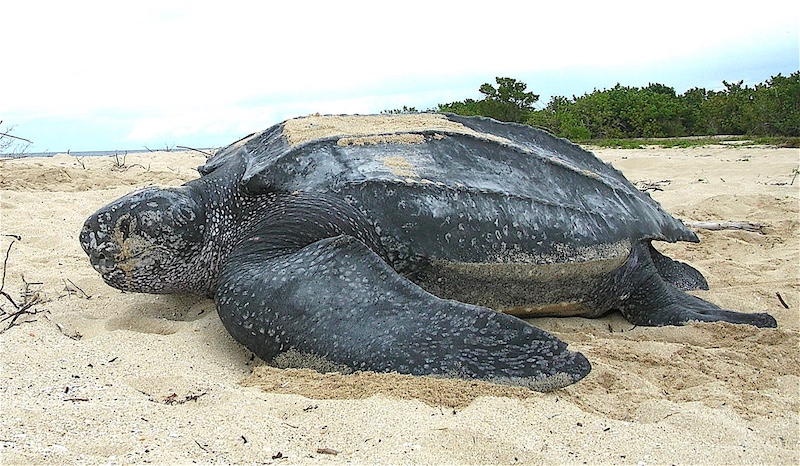
The leatherback sea turtle is the largest of all sea turtle species and can grow up to 7 feet in length and weigh as much as 2,000 pounds. Unlike other sea turtles, leatherbacks do not have a hard shell; instead, they have a flexible, leathery covering that allows them to dive to remarkable depths — over 4,000 feet deep in search of jellyfish.
6. They Use Earth’s Magnetic Field to Navigate
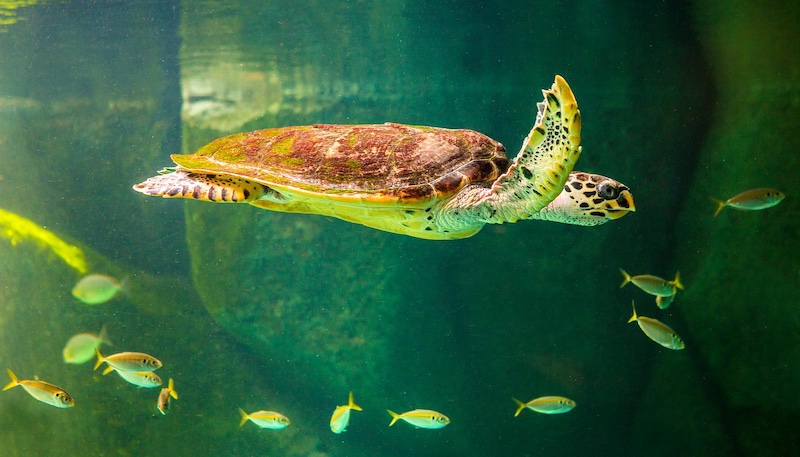
Sea turtles are known to have a unique internal compass that helps them navigate using Earth’s magnetic field. When they hatch, baby sea turtles imprint on the magnetic signature of their birthplace and later use this memory to find their way back to the same beach to lay their eggs. This incredible navigational skill, known as geomagnetic imprinting, remains a fascinating area of study for scientists.
7. They Have a Very Low Survival Rate as Hatchlings
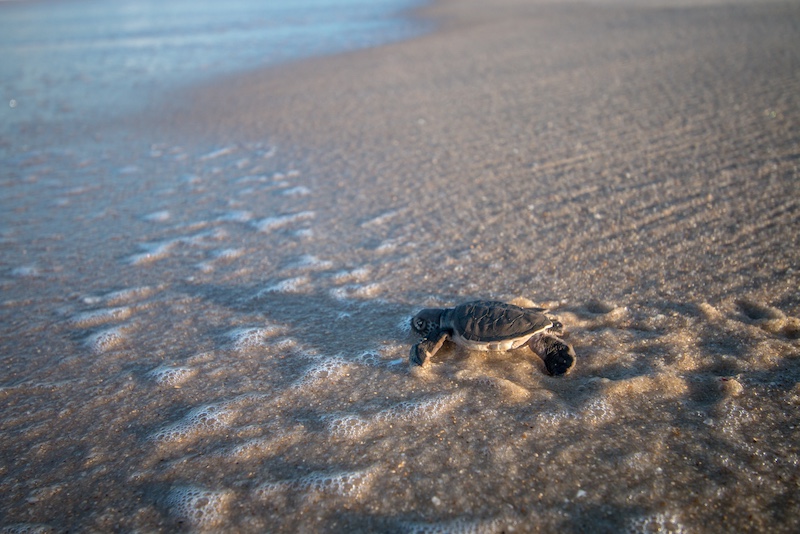
Despite laying hundreds of eggs at a time, only about one in 1,000 sea turtle hatchlings survives to adulthood. The journey from their nest to the ocean is fraught with danger, as predators like birds, crabs, and fish prey on them. Those that make it to the water face further challenges, but the survivors grow into resilient adults.
8. Sea Turtles Can Hold Their Breath for Hours
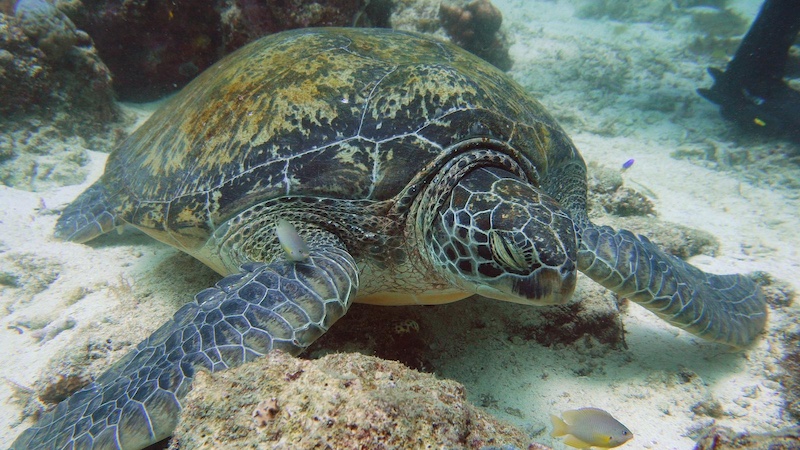
Sea turtles have an extraordinary ability to hold their breath underwater, especially when they are resting. Depending on their activity level, some sea turtles can stay submerged for up to five hours without coming up for air. When actively swimming, they need to surface more frequently to breathe but can still stay underwater for 30 minutes or more.
9. They Cannot Retract Their Heads into Their Shells
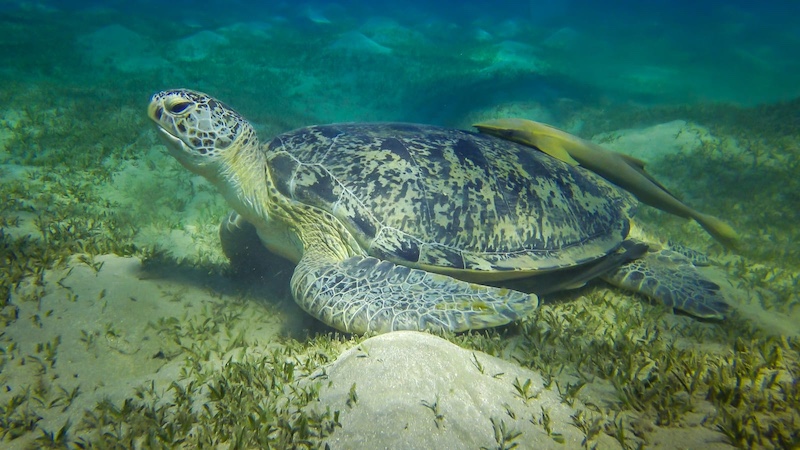
Unlike land-dwelling turtles, sea turtles cannot pull their heads or flippers into their shells for protection. Instead, they rely on their large size, streamlined bodies, and ability to flee quickly through water to evade predators. This is one of the reasons why adult sea turtles have fewer natural predators than their terrestrial cousins.
10. They Are in Danger of Extinction
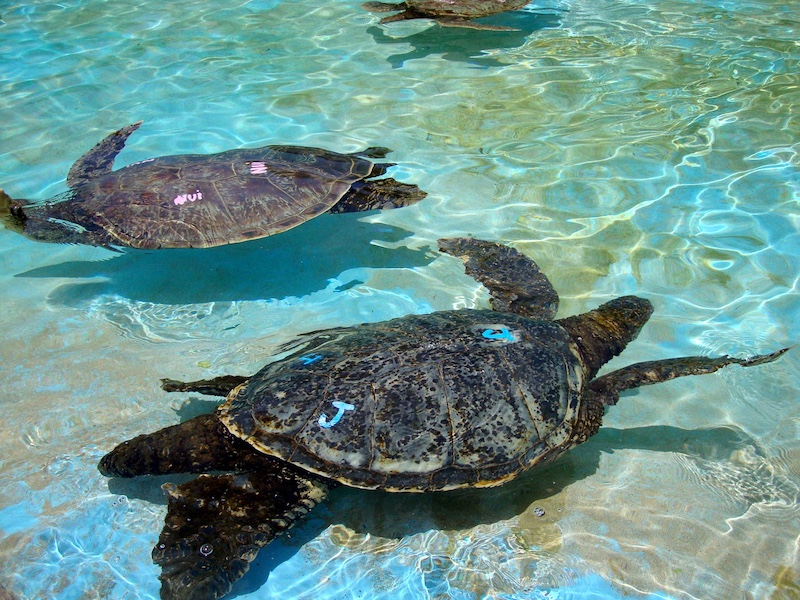
All seven species of sea turtles are currently listed as vulnerable, endangered, or critically endangered due to human activities. Threats include habitat destruction, poaching, bycatch in fishing nets, climate change, and pollution, especially plastic pollution. Each year, hundreds of thousands of sea turtles die from ingesting plastic, which they often mistake for jellyfish. Please Note: This content was created with the assistance of AI and thoroughly edited by a human before publishing.

